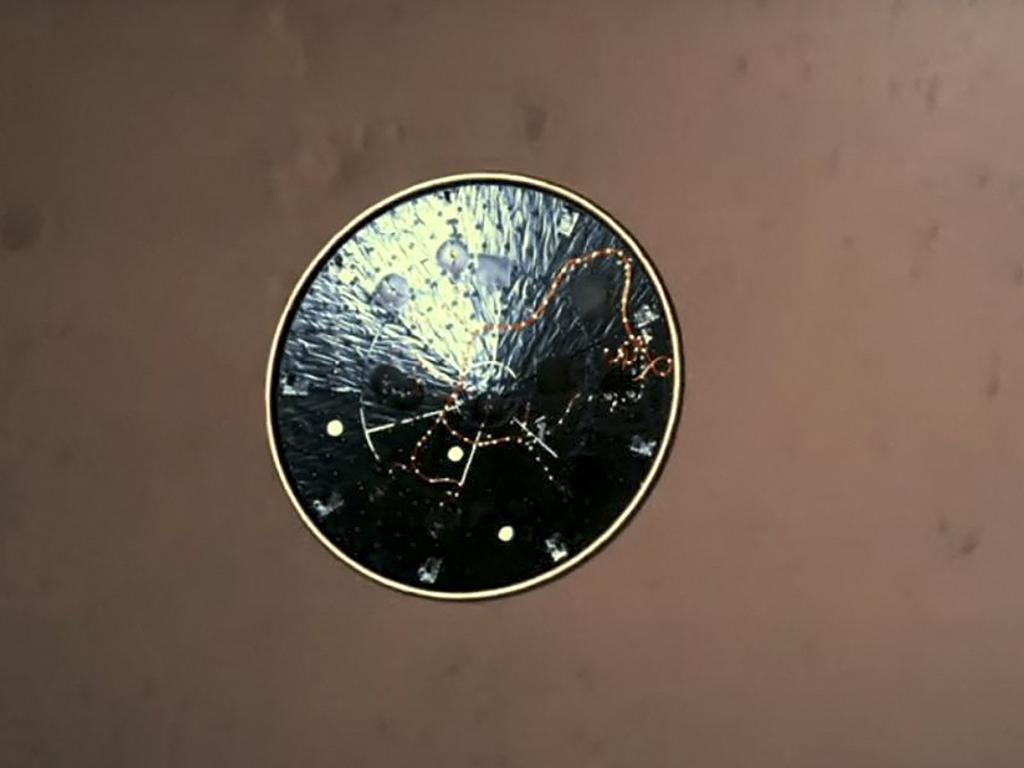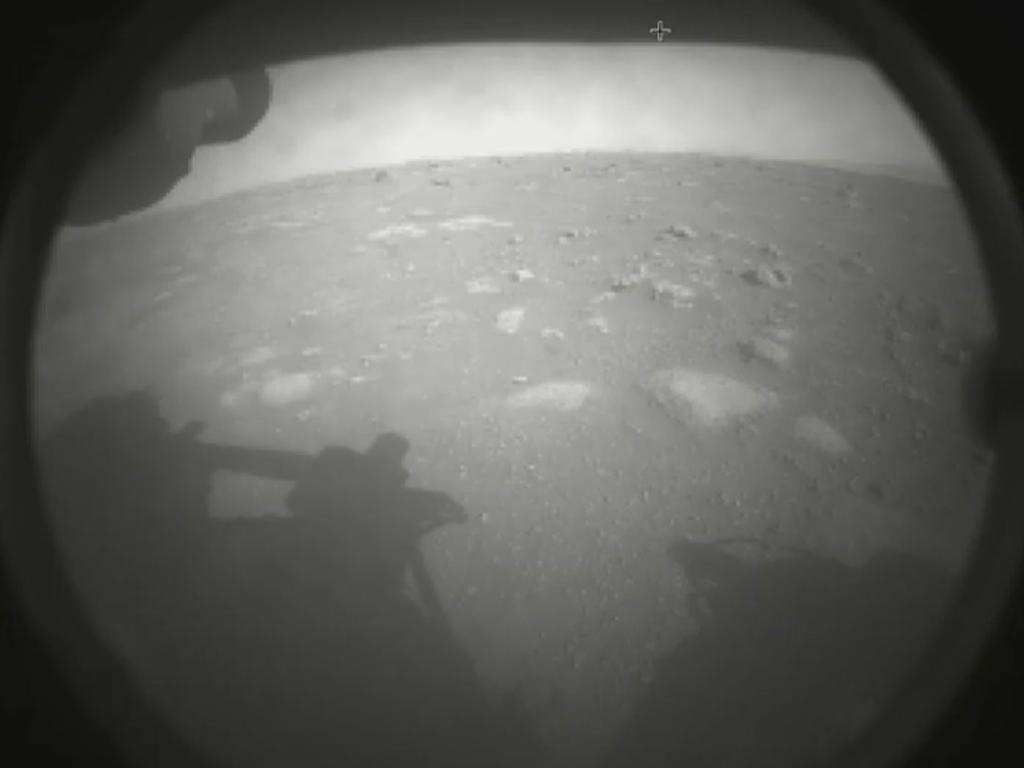Moscow and Beijing take small step to a moon base
Russia has struck a deal with China as the Kremlin seeks to emulate Soviet-era space triumphs following years of decline.
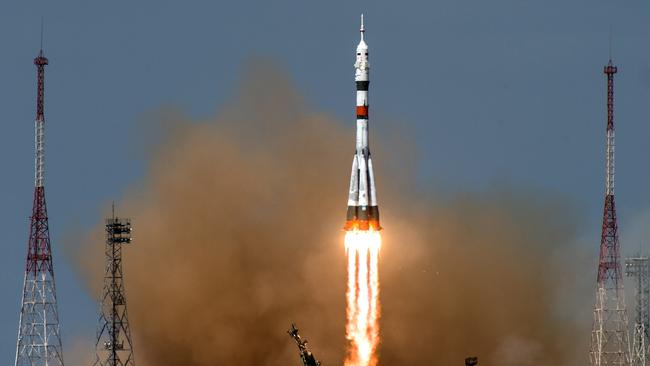
Russia has struck a deal with China to build a lunar research station as the Kremlin seeks to emulate Soviet-era space triumphs following years of decline.
Roscosmos, the Russian space agency, said the International Lunar Research Station would be built on the surface of the moon or in its orbit.
China’s CNSA space agency said the project would “promote humanity’s exploration and use of outer space for peaceful purposes”.
Neither country said when construction would begin or gave a deadline for its completion.
A Russian media report suggested that Moscow intends the project to be a rival to US-led lunar mining plans that also involve Canada, Japan and some European countries.
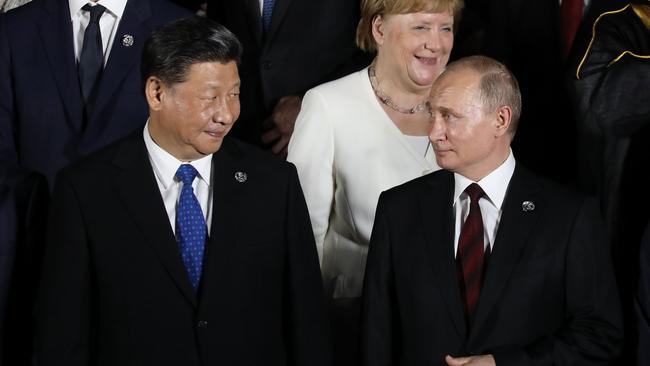
Nasa’s Artemis Accords project envisions a manned mission to the moon by 2024, as well as the creation of “safety zones” around lunar bases to protect them from rival countries. Dmitry Rogozin, the head of Roscosmos, last year likened the project to an “invasion” of the moon.
Russia plans to launch an unmanned lander to the moon in October. It will be Moscow’s first such mission since a Soviet lander, Luna 24, touched down in 1976. Russia also hopes to send a manned mission to the moon by 2030.
The lunar station agreement marks an expansion in space co-operation between Beijing and Moscow.
In 2019, the two countries signed a deal on joint lunar exploration, including a Chinese plan to establish a base at the moon’s South Pole, which is thought to contain vast reserves of water ice.
The Soviet Union put the first satellite into space in 1957, followed by the first human, Yuri Gagarin, in 1961. In the post-Soviet era, however, Russia has lost ground to both the United States and China.
Last year, Beijing successfully put its Tianwen-1 probe into orbit around Mars and has brought rock and soil samples back to Earth from the surface of the moon.
It also placed a rover on the far side of the moon in 2019. Nasa’s Perseverance rover recently landed on the surface of Mars.
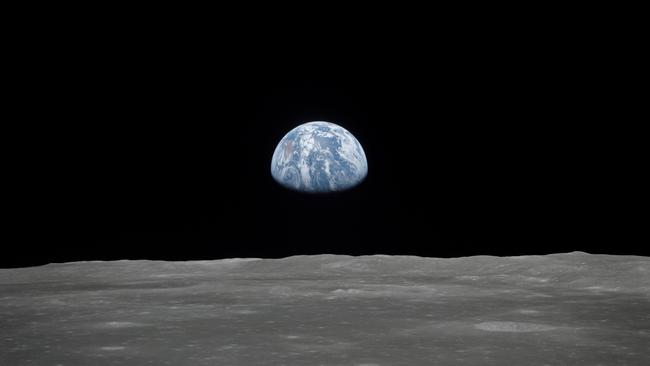
Russia’s recent history has been characterised by a series of setbacks and abandoned projects. In 2006 Moscow announced that it would establish a permanent base on the moon by 2015 and that by 2020 it would begin the extraction of helium-3, a rare fuel, from the lunar surface. The project never got off the ground. Russia had also planned a manned mission to Mars by 2015.
The Russian space programme has also been plagued by corruption, including more than pounds 130 million embezzled from funds for the construction of its new Vostochny launch pad in the country’s far east.
Last year Moscow lost its nine-year monopoly on carrying astronauts to the International Space Station on board its Soyuz shuttles when Elon Musk’s SpaceX completed a successful mission.
The Times


